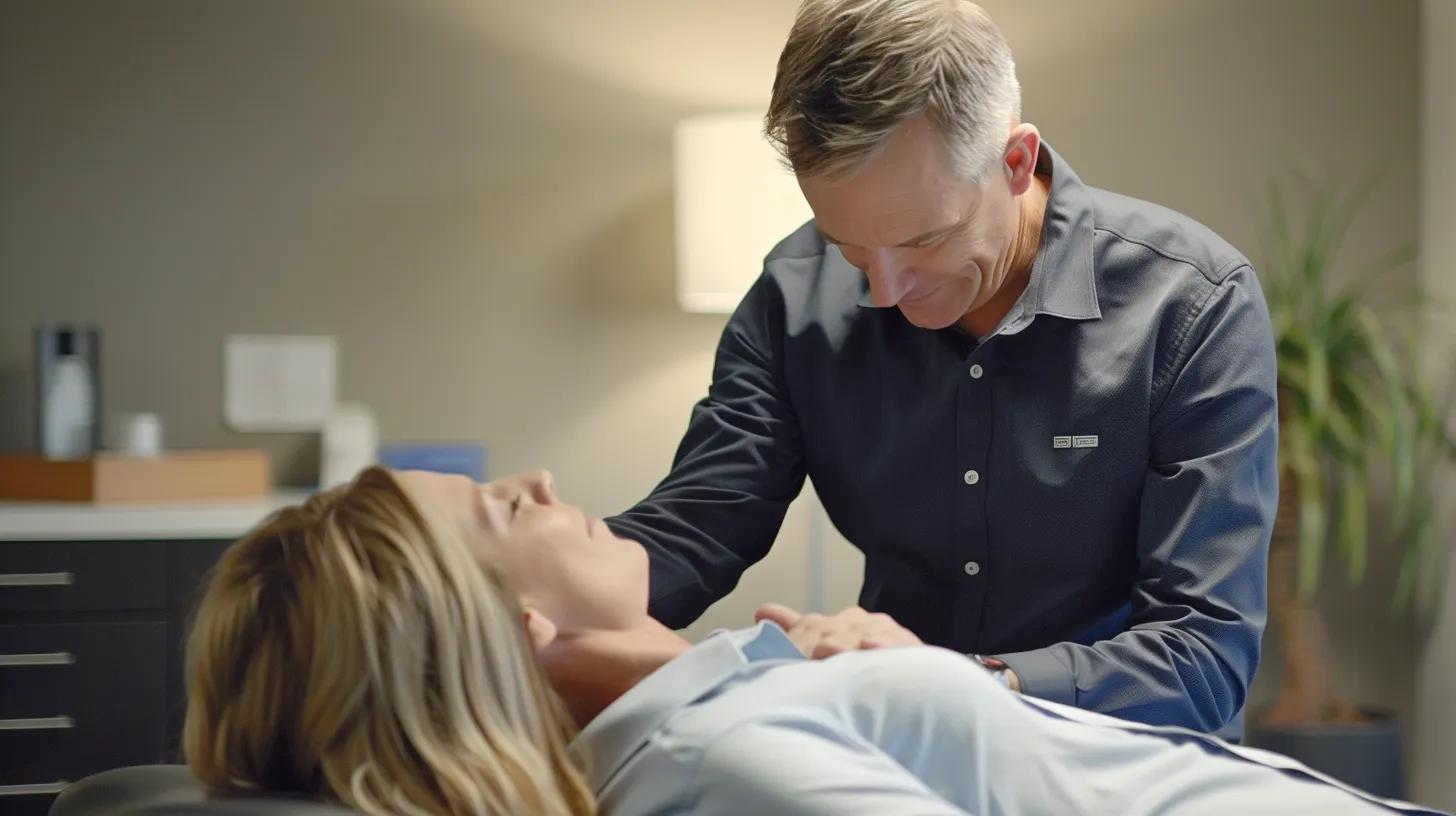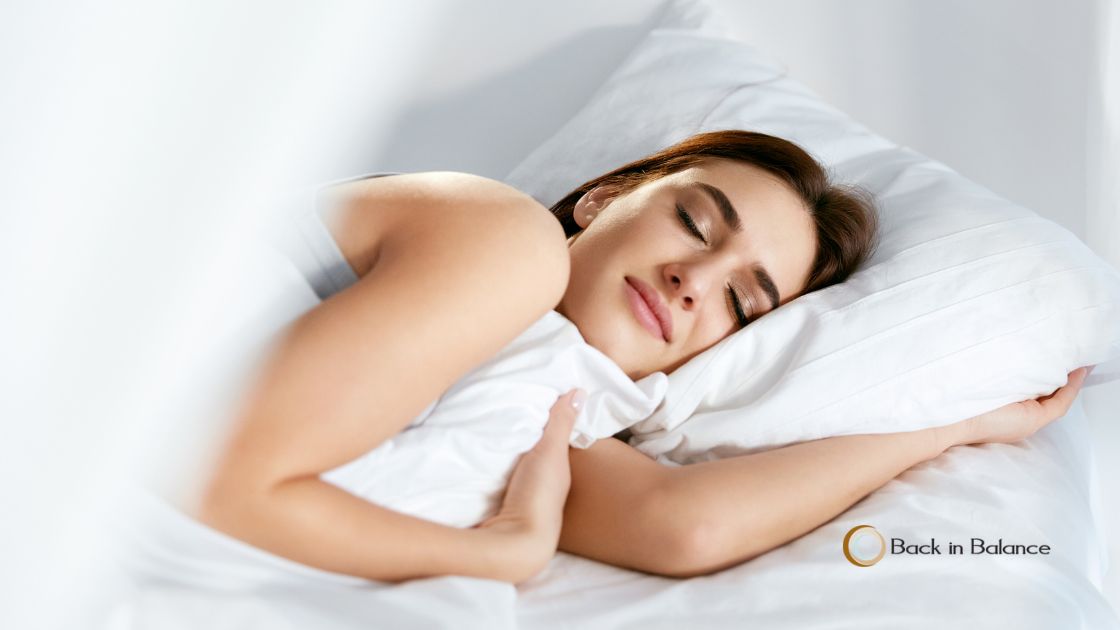What happens in a Pelvic floor (PF) physiotherapy session?
A Pelvic floor physiotherapist will carry out an assessment for not only the pelvic floor muscles but also the surrounding joint and muscles such as the hip, SI joints and low back. Posture and breathing patterns are also assessed. PF muscles support the uterus, bladder and colon, forming a ‘sling’ from the pubic bone at the front to the tailbone at the back.
Pelvic floor muscles can be weakened by childbirth, surgery and heavy lifting. If the muscles are weak, this can affect bladder and bowel control resulting in incontinence (leakage) or prolapse.
A pelvic floor physiotherapist will help rehabilitate these muscles. Treatment plans could include exercises, manual internal treatment of the muscles, advice about daily activities and fitness as well as good bladder and bowel habits. Functional training of the pelvic floor helps your muscles return to working effectively.
What is acupuncture and dry needling?
Dry needling techniques involve strong stimulation of the muscles to get them to release. A sterile needle is inserted specifically at a point around a joint, muscle or a trigger point. The end result is to relax a tight muscle.
What is KT-taping/ K-taping/ kinesiology taping?
K -tape is a stretchy, movable tape used to support and relieve pain in muscles or joints. It can be left on your skin for 2-3 days. It’s also water resistant. Unlike a brace, it helps joints and muscles move comfortably through their normal range of motion. Tissues in our body such as skin, fascia and muscles contain sensory receptors that can sense pain and send signals to the brain. Kinesiology tape creates a lift that unloads these tissues sending a new sensory signal to the brain and tension in a tight muscle or trigger point decreases.
What is Instrument assisted soft tissue mobilization (Graston Technique)?
Instrument assisted soft tissue mobilization (IASTM) is a skilled intervention that includes the use of specialized tools (such as Graston Technique tools) to manipulate the skin, fascia, muscles, and tendons by various direct compressive stroke techniques. Microvascular and capillary hemorrhage along with localized inflammation can occur as a result of using IASTM. Such inflammation restarts the healing process by releasing adhesions while also increasing blood and nutrient supply to the injured area which enables repair of injured tissue




